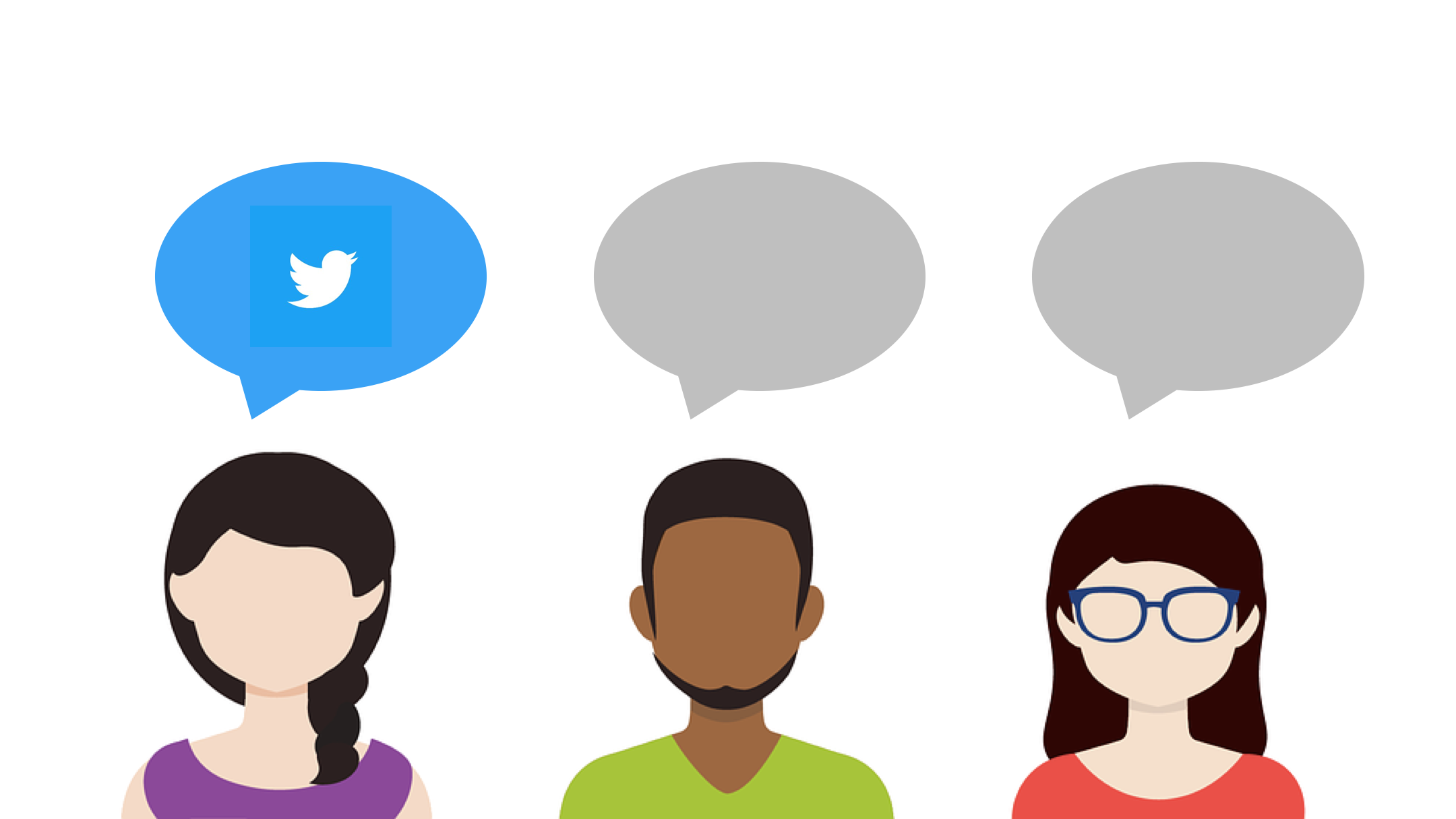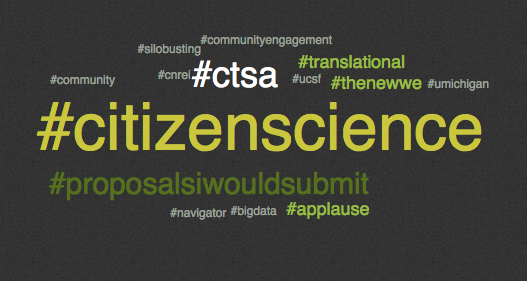
Are faculty who tweet different from the non-tweeters? My first guess would be that UCSF’s Twitter community would be more likely to be earlier in their career, and that the practice of tweeting would affect the way they write bios. Turns out I was wrong on both counts.
I used UCSF Profiles data to look at faculty (people with “professor,” “dean,” or “chancellor” anywhere in their primary title) who have either listed or not listed a Twitter account on their UCSF Profiles page.
Do Twitter users write more readable bios? Nope.
- When Twitter users have have bios, the bios have a median Flesch-Kincaid grade level of 18.3
- When non-Twitter users have have bios, the bios have a median Flesch-Kincaid grade level of 18.1
Do Twitter users write shorter bios? Nope.
In fact, Twitter users have somewhat longer bios!
- When Twitter users have have bios, the bios have a median length of 1602 characters.
- When non-Twitter users have have bios, the bios have a median length of 1465 characters.
Are Twitter users earlier in their career? Nope.
In fact, Twitter users have about two years more experience in their publishing career.
- Twitter users have a median span of 16.6 years between their earliest and latest publications
- Non-Twitter users have a median span of 14.7 years between their earliest and latest publications
- Twitter users have a median rank of “Associate Professor”
- Non-Twitter users have a median rank of “Associate Professor”
Are Twitter users more awarded? Maybe.
When Twitter users list awards, they list more of them. But are they more awarded, or just more completionist in what they list?
- Twitter users with awards listed have a median 8.4 awards listed
- Non-Twitter users with awards listed have a median 6.3 awards listed
Are Twitter users more in the media? Maybe.
When Twitter users list media hits, they list more of them. But are they more in the media, or just more completionist in what they list?
- Twitter users with media mentions listed have a median 5.3 mentions listed
- Non-Twitter users with media mentions listed have a median 3.2 mentions listed
Are Twitter users in more videos? Maybe.
When Twitter users list videos that they’re in, they list more of them. But are they in more videos, or just more completionist in what they list?
- Twitter users with videos listed have a median 2.9 videos listed
- Non-Twitter users with videos listed have a median 1.8 videos listed
Image: Coffee Bean Works, Twitter






